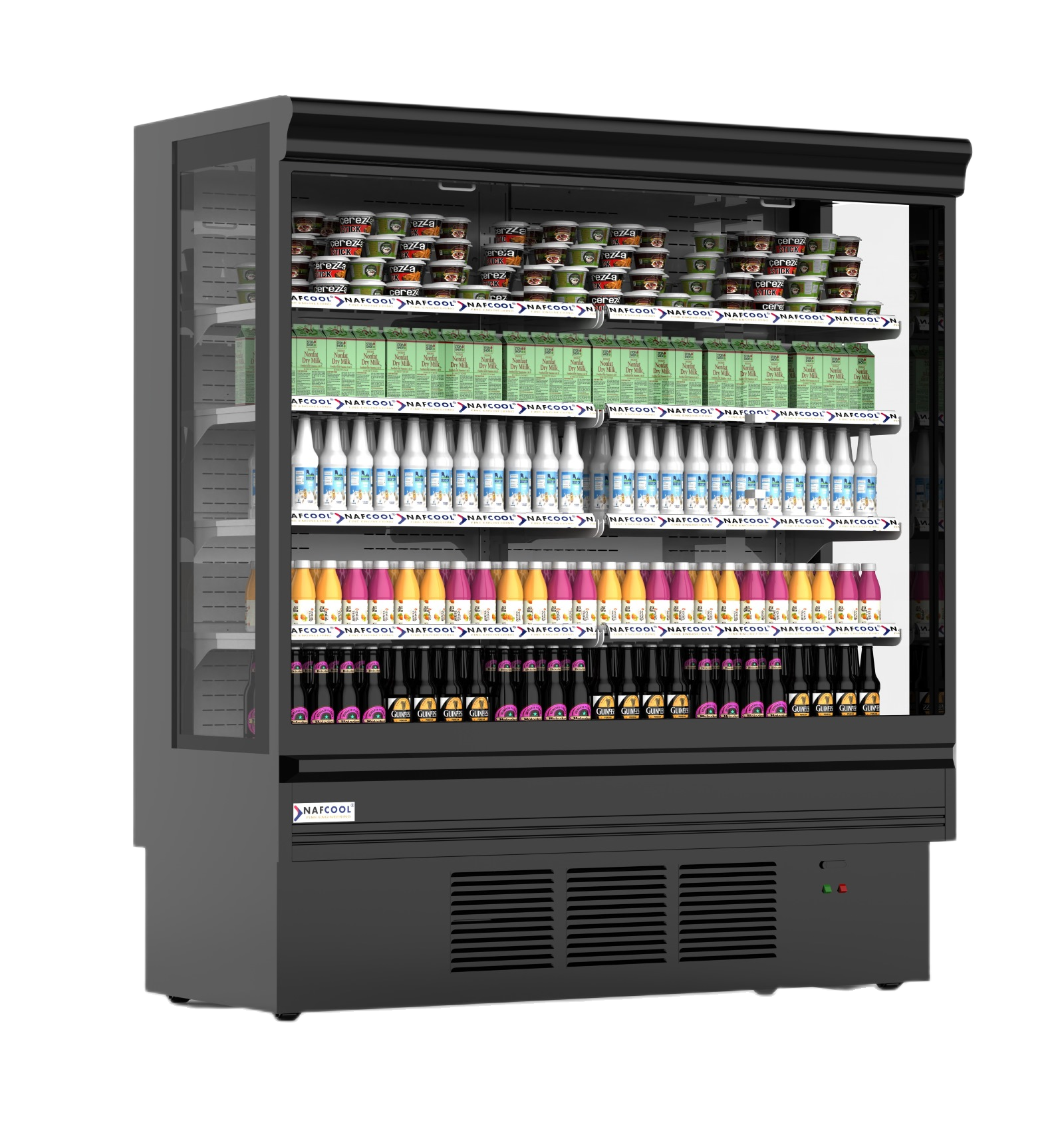Health and Safety Requirements for Refrigeration System
Installation of a Refrigeration System for Industrial Uses Without access to a wide range of commercial refrigeration equipment, many firms cannot run. They ensure that items, even perishables kept for extended periods in the refrigerator, are preserved in terms of quality and freshness.
These companies support their clients' general health maintenance, which is crucial to them, by preventing perishable goods from rotting. For usage in commercial kitchens, a range of configurations of reach-in refrigerators, prep tables, under-counter refrigerators, glass chillers, and walk-in freezers are available.
These components could come in a range of shapes and sizes
This distinguishes them from the competitors on the market, in addition to the fact that they are not your ordinary freezers. Because of this, only qualified experts must install certain kinds of commercial refrigeration equipment.
Any company or person wishing to install a commercial refrigerator must follow all applicable health and safety laws. These laws were passed for the reasons listed above. The refrigeration system contains elements that could be hazardous.
The device must be filled with refrigerant before it can be used. This method helps to keep the fridge's interior frigid and frozen. The refrigerant receives the heat produced by the meal and works with various other elements to maintain a steady interior temperature.
Even though refrigerants are incredibly valuable for preserving a temperature at which perishable goods may be stored securely, people have only recently started talking about their essential components.
This is true even though there are many potential uses for it. Ammonia and halocarbons are the refrigerants that are currently most often employed.
Refrigerant leaks during the installation of a refrigeration system happen incredibly infrequently. Despite this, a refrigerant discharge that happened during commercial refrigeration installation has put people's safety in danger.
Ammonia is hazardous for the eyes and nose when it comes in contact with the skin
But Freon and halocarbon exposure can also cause psychosis, depression of the central nervous system (CNS), irregular heartbeat, and even death.
By always properly obeying all applicable safety and health standards, it is feasible to avoid issues with refrigerants. The prospect of dangers within the energy grid raises significant issues. Most commercial refrigerators and freezers must be connected to the grid to operate.
The person in charge of installing such equipment must carefully abide by all applicable safety and health rules due to the inherent risks of working with electricity.
One of the most frequent risks associated with working with electricity is the risk of sustaining burns and other severe physical injuries due to explosions brought on by faulty electrical equipment or other electrical issues, in addition to the potential for receiving an electric shock. As one of the most pervasive risks, this is one of the most common hazards.
Everyone involved in the installation must understand electricity, at the very least, for everyone's safety. The staff can start setting up after it is certain that the commercial refrigerator units have been unplugged.
Safety measures must be taken to avoid getting hurt when working in an area that contains electricity. Insulated blankets, mittens, and hoods are a few equipment that could be used in this scenario.
Electrical risks and refrigerant leakage can be prevented by following the safety and health requirements governing commercial refrigeration installation. If you need help installing commercial refrigeration, contact NAFCOOL Commercial Refrigeration.

